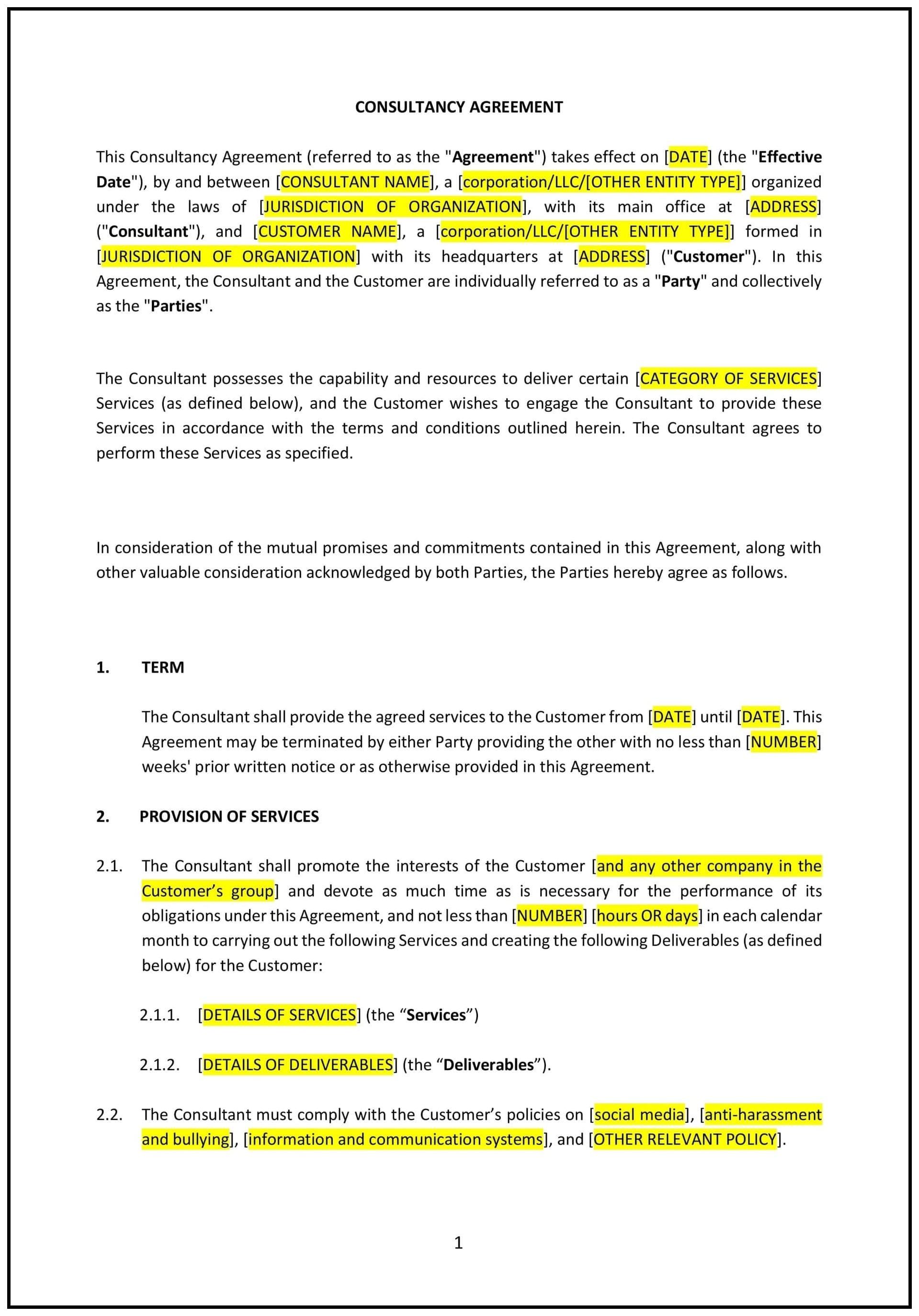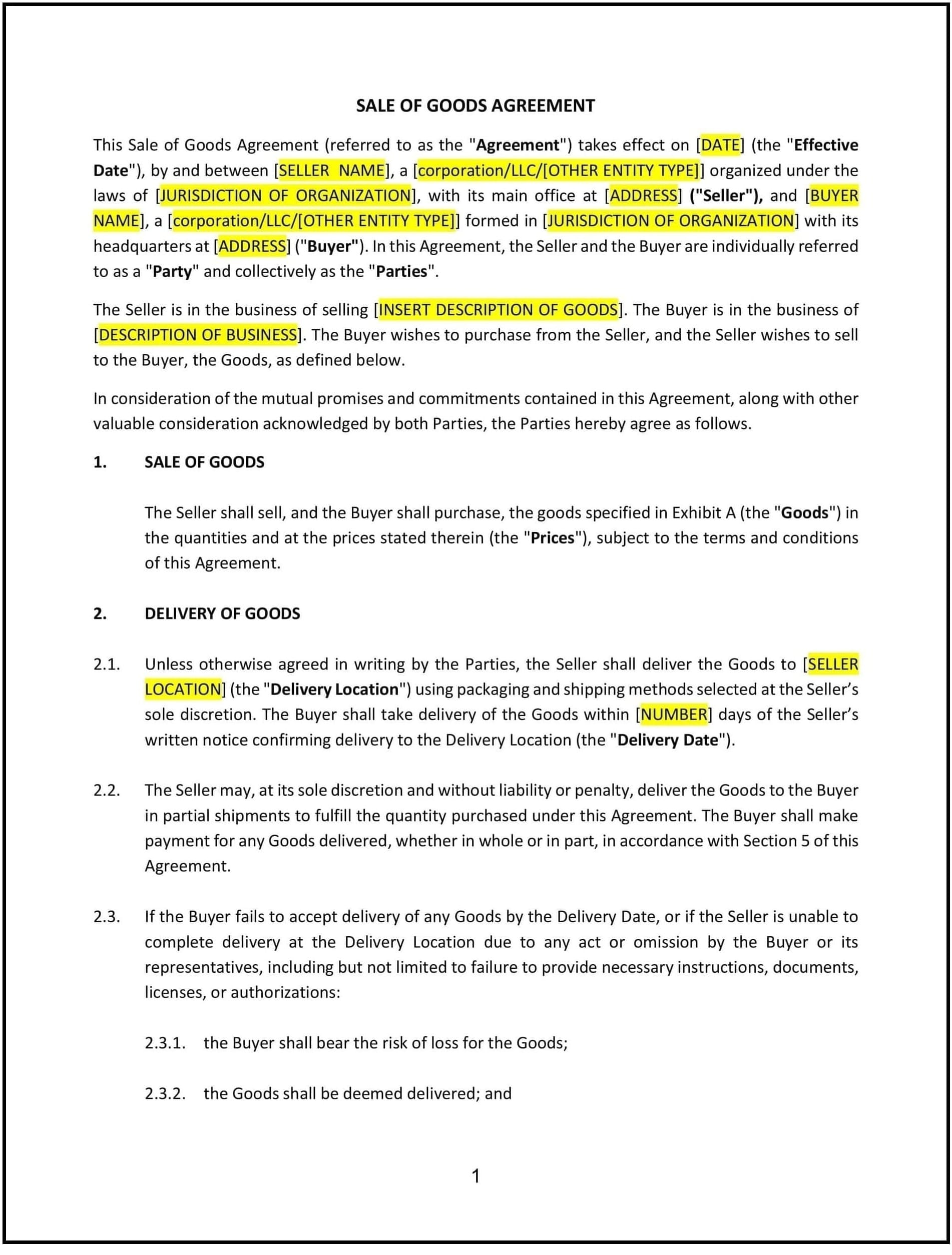Memorandum of Understanding (MOU) (Alaska): Free template

Memorandum of Understanding (MOU) (Alaska)
A Memorandum of Understanding (MOU) is a document that formalizes an agreement between two or more parties to collaborate on a specific project, initiative, or goal. While similar to a Letter of Intent (LOI), an MOU is often more detailed and may include binding provisions. In Alaska, MOUs are commonly used in industries such as healthcare, education, government, and nonprofit organizations to outline shared objectives and responsibilities.
For example, an Anchorage-based hospital might use an MOU to partner with a university for medical research, while a Fairbanks-based nonprofit might collaborate with a local business to address community needs. An MOU helps ensure that all parties are aligned on goals, roles, and expectations.
Tips for drafting and maintaining a Memorandum of Understanding in Alaska
- Define the purpose and scope: Clearly outline the objectives of the collaboration and the scope of work. For example, specify whether the MOU pertains to a joint research project, community initiative, or business partnership.
- Example: “This Memorandum of Understanding (‘MOU’) establishes a collaborative partnership between Party A and Party B to develop and implement a program aimed at improving access to healthcare services in rural Alaskan communities.”
- Assign roles and responsibilities: Specify the tasks and responsibilities of each party involved in the collaboration. For instance, state which party will handle logistics, funding, or outreach efforts.
- Example: “Party A will provide funding and resources, while Party B will manage program implementation and reporting.”
- Outline financial contributions: Detail any financial contributions, resource allocations, or cost-sharing arrangements. Ensure these terms are realistic and agreed upon by all parties.
- Example: “Party A agrees to contribute $100,000 annually for the duration of the program, while Party B will provide in-kind support valued at $50,000.”
- Include timelines and milestones: Specify the duration of the collaboration and any key milestones or deliverables.
- Example: “The program will commence on January 1, 2024, and conclude on December 31, 2025, with quarterly progress reports submitted by Party B.”
- Address intellectual property ownership: Clarify ownership of intellectual property created during the collaboration. Specify whether IP will be jointly owned, exclusively owned by one party, or licensed.
- Example: “All intellectual property developed under this MOU shall be jointly owned by Party A and Party B.”
- Comply with Alaska laws: Ensure the MOU adheres to Alaska’s contract laws and any industry-specific regulations. For example, if the collaboration involves public funds, ensure compliance with Alaska’s procurement and grant laws.
- Include termination clauses: Specify the conditions under which the MOU can be terminated, such as breach of terms, failure to meet deadlines, or mutual agreement.
- Example: “Either party may terminate this MOU with 30 days’ written notice if the other party fails to fulfill its obligations.”
Frequently asked questions (FAQs)
Q: Is a Memorandum of Understanding legally binding in Alaska?
A: An MOU can be either binding or non-binding, depending on its language and intent. Parties should clearly specify which provisions are enforceable and which are not.
Q: What should a Memorandum of Understanding include in Alaska?
A: It should include the purpose and scope of the collaboration, roles and responsibilities, financial terms, intellectual property ownership, termination clauses, and compliance with Alaska laws.
Q: How does Alaska law impact MOUs?
A: Alaska follows federal contract laws but also enforces state-specific regulations. Businesses and organizations must ensure their MOUs comply with both state and federal requirements.
Q: Can an MOU be used for government partnerships in Alaska?
A: Yes, MOUs are frequently used for collaborations between government agencies, nonprofits, and private entities in Alaska. These agreements help define shared goals and responsibilities.
Q: What happens if one party breaches an MOU in Alaska?
A: If the MOU includes binding provisions, the injured party may have the right to seek damages, enforce remedies, or pursue legal action. Including clear breach and enforcement clauses helps mitigate risks.
This article contains general legal information and does not contain legal advice. Cobrief is not a law firm or a substitute for an attorney or law firm. The law is complex and changes often. For legal advice, please ask a lawyer.


